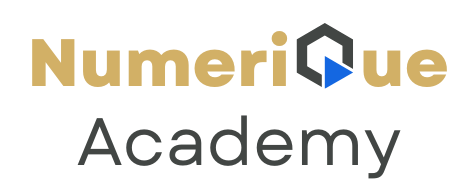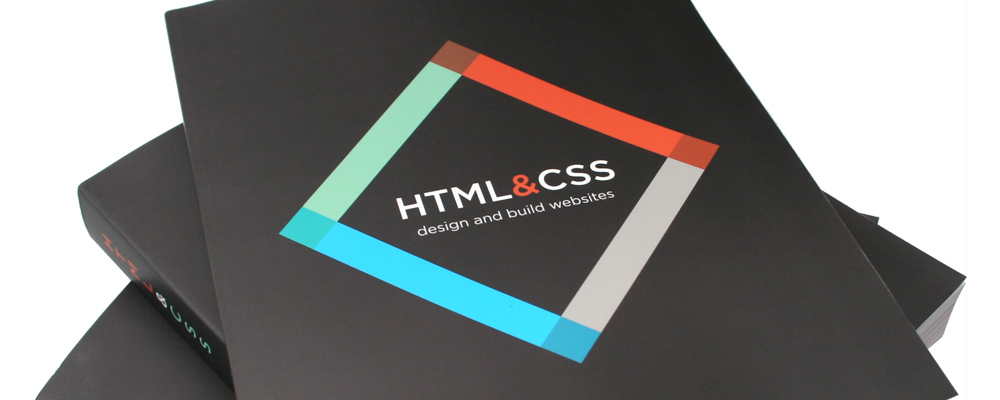If you are starting afresh in the field of web development, things may seem overwhelming for you initially, but once you learn a few powerful beginner-friendly tricks, you can soon master the art of coding.
Whether you’re building your first webpage or tweaking your portfolio site, these 10 HTML, CSS, and JavaScript tricks will help you code smarter, cleaner, and faster.
1. Use Semantic HTML Tags for Better Structure & SEO
Instead of <div> tags everywhere, use semantic tags like:
- <header>, <main>, <section>, <article>, and <footer>
Why it matters:
- Improves SEO
- Enhances accessibility
- Makes your code easier to read
<article>
<h2>Blog Title</h2>
<p>This is the content of the blog post.</p>
</article>
2. Use Placeholder Attribute in Forms
Speed up form creation with the placeholder attribute in input fields.
<input type=”email” placeholder=”Enter your email”>
Bonus Tip: Combine this with required to ensure form validation:
<input type=”email” placeholder=”Enter your email” required>
3. Center Elements with CSS Flexbox
Forget margin hacks. Use Flexbox to center elements with minimal code:
.container {
display: flex;
justify-content: center;
align-items: center;
height: 100vh;
}
Use case: Center a login form, image, or button in the viewport.
4. Use CSS Variables for Easy Styling
Avoid repeating the same color codes or font sizes. Declare variables instead.
:root {
–main-color: #6c63ff;
–font-stack: ‘Poppins’, sans-serif;
}
body {
color: var(–main-color);
font-family: var(–font-stack);
}
Why it rocks: Change one variable, and it updates across your entire site.
5. Create Smooth Scrolling with CSS
Add this line for smooth anchor link transitions on single-page sites:
html {
scroll-behavior: smooth;
}
Example: Clicking a “Contact” link smoothly scrolls to the contact form below.
6. Add Interactivity with addEventListener()
JavaScript shines when making your site interactive. For example, toggling a dark mode:
const button = document.querySelector(‘#darkModeBtn’);
button.addEventListener(‘click’, () => {
document.body.classList.toggle(‘dark-mode’);
});
Tip: Use .classList.toggle() for easy on/off UI features.
7. Console Log Like a Pro
Use console.log() not just for debugging, but for visual tracking.
console.log(‘%c Hello, Developer!’, ‘color: green; font-size: 20px;’);
Why it’s cool: Helps you debug AND makes logs easier to read in the DevTools console.
8. Use Template Literals for Cleaner JavaScript
Forget messy string concatenation. Use backticks for dynamic strings:
let user = ‘Alice’;
console.log(`Hello, ${user}!`);
Cleaner, readable, and perfect for dynamic HTML or messages.
9. Quick Responsive Layouts with Media Queries
Make your site mobile-friendly with this simple snippet:
@media (max-width: 768px) {
.nav-menu {
display: none;
}
}
Start with mobile-first design, then expand with breakpoints.
10. Add Simple Animations with CSS Transitions
Make buttons or elements feel alive with smooth transitions.
.button {
background-color: #6c63ff;
transition: background-color 0.3s ease;
}
.button:hover {
background-color: #4b47cc;
}
Why use this: Adds polish and enhances the user experience—without JavaScript.
Bonus Tip: Practice with CodePen or JSFiddle
Use online sandboxes like CodePen or JSFiddle to practice your HTML, CSS, and JS in real time—no setup required!
Final Thoughts
Mastering web development doesn’t require knowing everything from day one. These 10 beginner tricks are like cheat codes—they help you build better, cleaner websites faster and with confidence. As you continue, you’ll stack these up with more advanced skills like APIs, frameworks, and backend logic.
Start small. Practice often. Build something cool.

